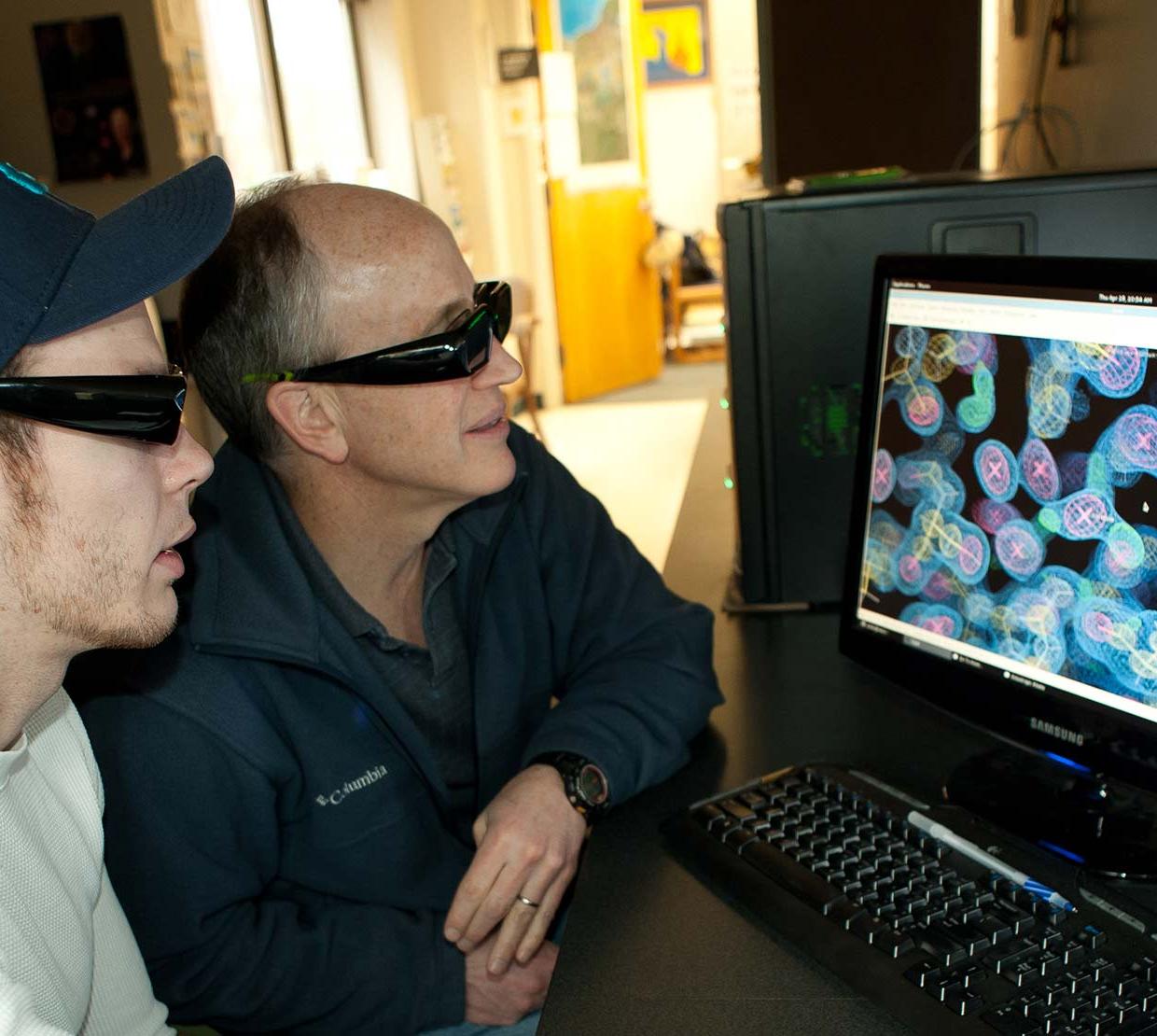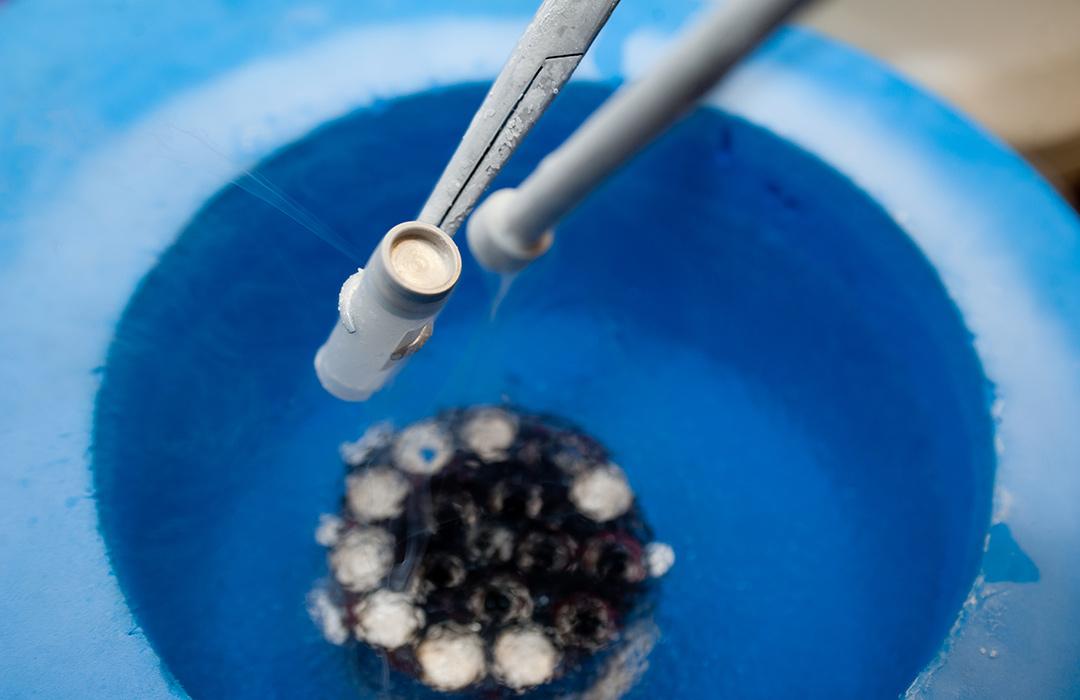Discarded data may hold the key to a sharper view of proteins and other molecules
There’s nothing like a new pair of eyeglasses to bring fine details into sharp relief. For scientists who study the large molecules of life from proteins to DNA, the equivalent of new lenses has come in the form of an advanced method for analyzing data from X-ray crystallography experiments.
Reported in this week’s issue of the journal Science, the findings could lead to new understandings about the molecules that drive processes in biology, medical diagnostics, nanotechnology and other fields. Like dentists who use X-rays to find tooth decay, scientists use X-rays to reveal the shape and structure of DNA, proteins, minerals and other molecules. As X-rays pass through the lattice of atoms, they reflect distinctive patterns, and scientists use those patterns to determine what atoms are present and how atoms are bonded to each other. However, some data are typically discarded because of concerns over quality. In particular, data derived from edge regions of the pattern — although very important for understanding the details of structure — are often overwhelmed by the random errors associated with measuring a weak signal in the midst of a lot of background noise.
The bottom line for crystallographers is the accuracy of their molecular models, those physical representations of the arrangement of atoms. The better the model, the better it will predict the pattern created by X-rays passing through a molecule, and the better it will be for guiding the development of new drugs and nanotechnologies that operate at the molecular scale.
Oregon State University biophysicist Andy Karplus and his colleague Kay Diederichs at the University of Konstanz in Germany have now proven that useful information can be gleaned from data that have up to about five times the noise levels that have previously been considered acceptable. “The criteria that have been used in the past are way too conservative,” said Karplus. “These data that people have been throwing out are actually good.”
The bottom line for crystallographers is the accuracy of their molecular models, those physical representations of the arrangement of atoms. The better the model, the better it will predict the pattern created by X-rays passing through a molecule, and the better it will be for guiding the development of new drugs and nanotechnologies that operate at the molecular scale. Although the first X-ray diffraction pattern was recorded 100 years ago and the first protein structures were determined 50 years ago, scientists have struggled to find statistical methods to connect data quality and the accuracy of their models.





